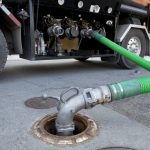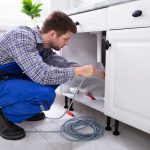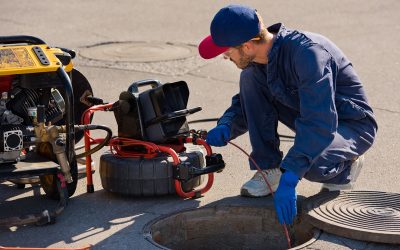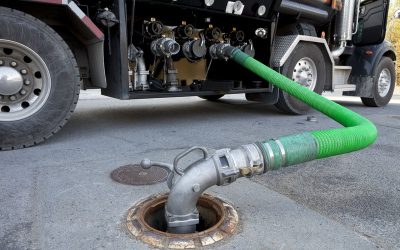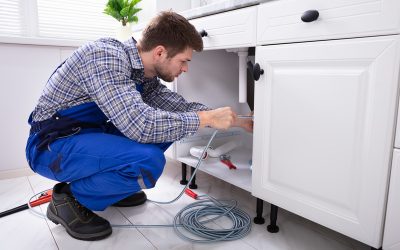For years, tankless or “on-demand” water heaters have been the norm in Europe and Asia, this has not been the case in the US until quite recently. When people in the US started to realize that about 25 percent of their energy bill went on heating water, they quickly realized that hot water on demand was a good idea.
Tankless heaters heat the water only when it is needed, it does not keep water hot and ready for use. In the conventional US system that heats and then stores up to 40 or 50 gallons of water, a tremendous amount of energy is used just to keep the water in the tank hot, whether it is drawn off or not.
A tankless system is installed directly into the plumbing in Alamo; usually the device is installed close to where it will be used. This heater contains an electric or gas heater that only kicks in when the heater is turned on and prepared for use. It takes hardly any time at all for the water to heat up to the desired temperature. One can immediately see the benefit, hot water only when you want it.
These on demand heaters can be installed in the plumbing in Alamo as a single stand-alone unit which only heats one faucet or they can be installed as a distributed system where two or three faucets are served from a single heater. There are units available, albeit rather expensive that can be installed in the garage or basement and serve the entire house.
In use these heaters are showing energy savings of between 10 and 20 percent, the reason is simple, these devices eliminate standby heat loss as there is no stored hot water.
An added benefit of a tankless water heater is the fact that it will provide an unlimited supply. Unlike a conventional water heater there is no tank and if there is no tank there is no problem with the tank running out of hot water. Depending on the use the device will be put to they are purchased based on the amount of hot water output in gallons per minute and the temperature that the device will raise the water too.



